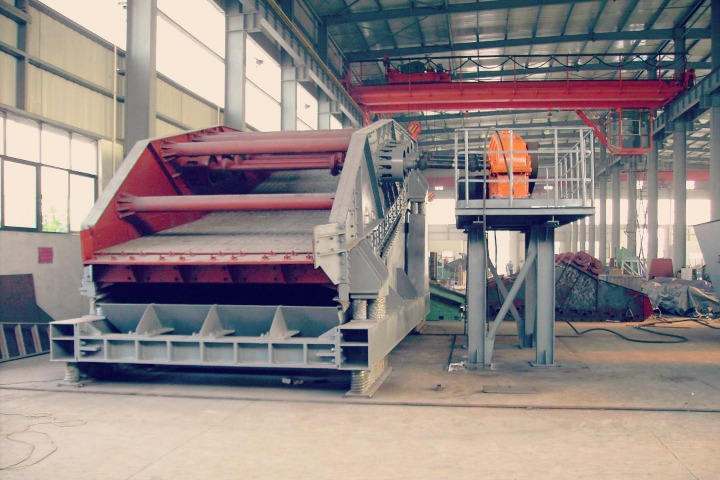A vibrating screen is a piece of screening equipment used for dividing mixed materials of different size in few different levels of granularity. To do so, the vibrating screen uses one or more screen surfaces, made from heavy-duty materials. Also, it consists of a main frame, a motor, a coupler, an eccentric bock and few other parts. The most common use of the vibrating screen is in the mining industry, because it provides very stable work due to its stable structure, while providing optimal efficiency and low fuel consumption. For mining operations, the vibrating screen commonly operates unsteady and is difficult to maintain properly in such environment. And if proper maintenance is not provided, the working principle of the vibrating screen might be impacted. However, the vibrating screen can be very efficient in few other industries, including the electricity, chemical department and the construction industry.

The process of vibrating screen is commonly divided into three stages. The first stage includes crushing and screening crude ores, the second screening just before the burning and the last one is a fine screening using strong magnetic. Despite the fact that the contractors can choose a vibrating screen from a wide selection, there are two types that are most commonly preferred:
- linear vibrating screen, and
- circular vibrating screen.
The working principles of these two types of vibrating screen are similar, with only one difference – the movement. However, the circular vibrating screen is more popular and its working principle is more complex.
A circular vibrating screen is composed of a screen body, a screen mesh, a vibration source, a base frame, etc. The driver eccentric is provided with movement by the electric motor and it revolves through a triangle belt with a fast speed. The eccentric features a centrifugal force and stimulates the sieve to move circularly. Once the materials on the sieve receive the impulse, the sieve starts providing a continuous throwing movement on the slightly inclined crushing and screening surface or surfaces, depending on the model. This way, the material is reduced in size when passing through the sieve.
A linear vibrating screen has a very similar working principle, with only one difference, its motion is linear. It is a type of crushing and screening equipment that uses a vibrating motor to throw materials up and forward in a linear motion. Usually, the linear vibrating screen uses twin-vibrating motors, which work synchronized and move the centrifugal force in a parallel direction of the motor axis. Using the centrifugal force and the gravity force, the material is thrown up and forward on the screen for a linear motion, reducing its size and being graded.






















